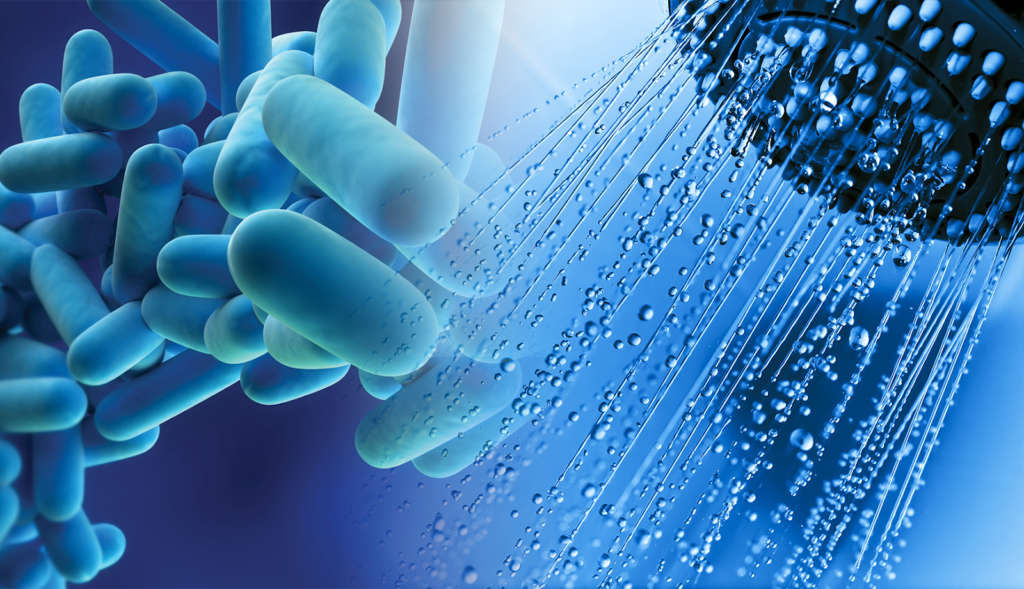It’s common knowledge that public water must be safe and clean to use. However, many people aren’t aware of exactly what goes into the sanitization of the water they utilize and consume. From disinfection of water pipes to treatment of wastewater systems, here’s some inside knowledge on what goes on behind the scenes to keep your business and employees safe!
Where Does It All Come From?
All water is sourced from some natural body of water. Whether it’s a lake, river, or underground aquifer, water of any type will first start here. In some cases, dams are built to contain water for public use. They can also be used to control flooding and as a source of hydropower, a method of clean energy.
Sources such as underground aquifers don’t require as much treatment and disinfection as surface water since so much gets filtered out through rock and sediment. However, these underground bodies of water are still at risk from chemical pesticides, which have proven resistant to the natural process that filters out other pollutants and bacteria. As such, these sources of water still need to be treated to ensure chemicals are cleared out properly. This can be added to the process for water used on personal property, for public use in cities, and for commercial/industrial use as well.
Surface water stems from above-ground sources, such as lakes, rivers, etc. This water is not drinkable as is, containing pollutants, bacteria, debris, mold, etc. As such, it must be treated before use or consumption.
Once contained and/or pulled from these sources, water is then transferred to large-scale treatment plants that properly disinfect it before it is then sent to large storage tanks or via pipes to commercial buildings, hospitals, restaurants, residences, etc.
The Initial Treatment Process
Water sanitation occurs at more than one level. First, when water arrives at a water processing plant, it is heavily treated with chemicals in a process known as coagulation. Typical chemicals used during this phase include chlorine dioxide, aluminum sulfate, and polymers. Mixed together, this combination forces harmful contaminants to attach themselves to the chemical particles so that they can become large enough to sift out. These clumps, as well as sediment, dirt, and other debris will settle at the bottom of the tank and be removed through the next step, called filtration.
Once the water has been filtered, it will be treated again with a strong disinfectant, such as chlorine or chloramine. These chemicals eradicate any remaining contaminants, microorganisms, parasites, and bacteria to ensure the water is prepped for use and consumption. Treating the water in such a manner helps to guarantee the prevention of diseases such as typhoid, dysentery, and cholera. Additionally, water plants also add fluoride to their water supplies to help maintain dental health and prevent tooth decay within our communities.
Once it has been thoroughly treated, the water is then stored until it can be used or will be transferred via large water mains to the local populations. Businesses, schools, hospitals, residences, etc. all receive their water supply from one of the main water pipes. However, the process isn’t over yet. Water must be maintained, tested, and continually treated to ensure it remains potable and appropriate for consumption.
Continuing Treatment and Maintenance
Once treated water reaches your company or business it still needs to be properly stored, tested, and treated to keep in compliance with local, state, and federal regulations. Your building’s water pipe system needs to be cleaned and maintained on a regular basis. If you have your own water tank, its water supply will need to be tested to ensure it remains contaminant, mold, and bacteria-free. Any equipment used to gauge these levels will also need to be properly maintained and repaired as needed.
And, of course, adherence to tried and true preventative measures also play a large role in maintaining a steady supply of sanitized water for your business. Most recently, keeping a building’s water supply from staying stagnant in their pipes is a current issue many businesses face because of forced closures in today’s pandemic environment. Left unchecked can encourage the growth of mold and bacteria known as legionella, which directly causes a severe and deadly form of pneumonia.
Examples such as this showcase the significance of understanding where your building’s water comes from and how you can best maintain your supply at your company. And enlisting the expertise of qualified water treatment professionals is an important part of that process. Reach out today and learn all about how our team at Matt Chlor and how we best provide quality water treatment products and services at competitive prices.



